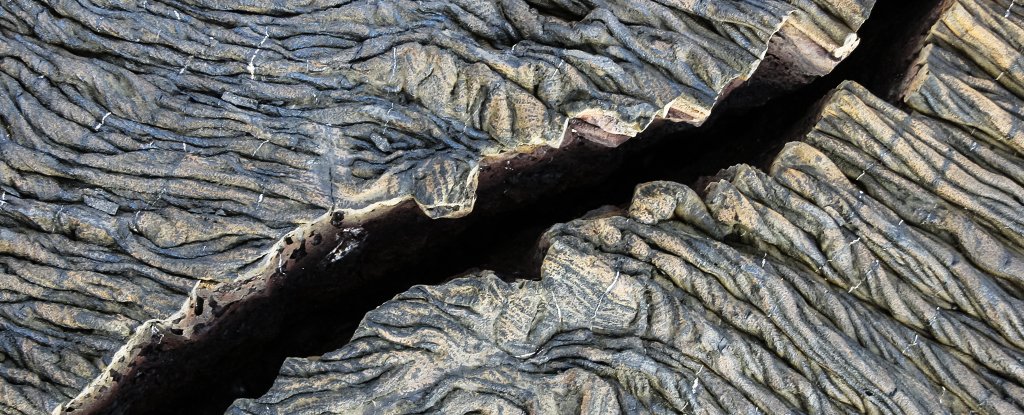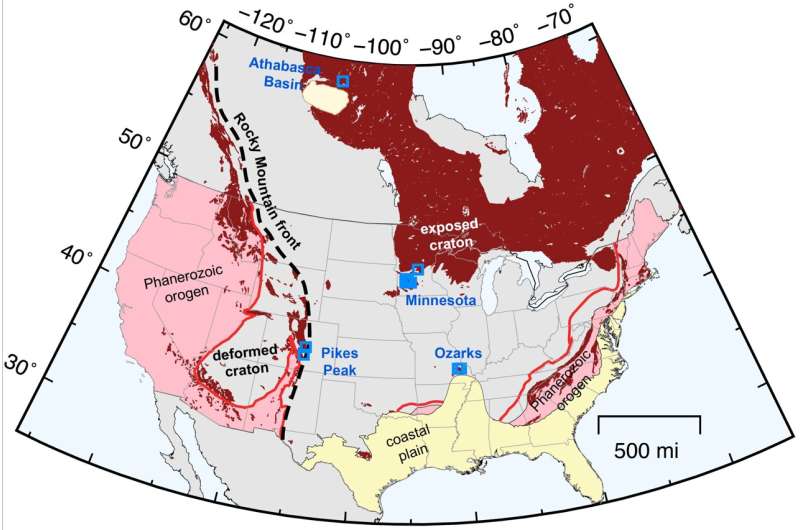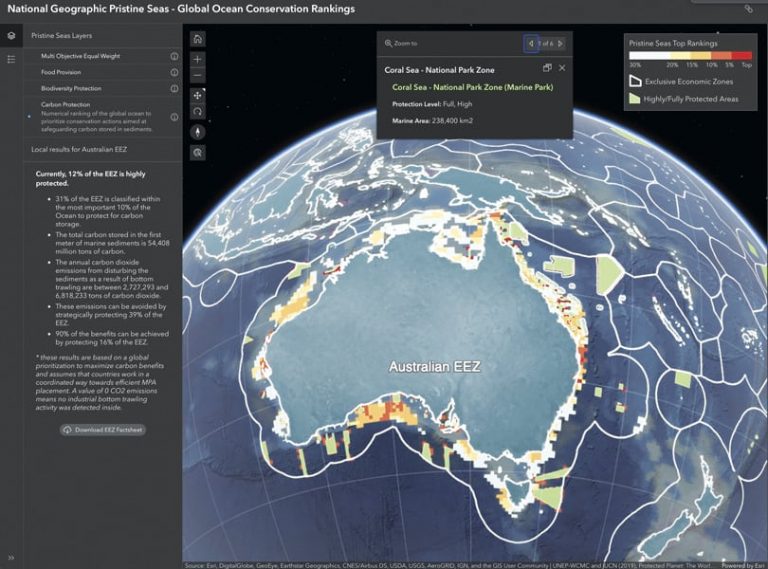- 0 replies
- 1,522 views
- Add Reply
- 0 replies
- 1,425 views
- Add Reply
- 0 replies
- 1,175 views
- Add Reply
- 0 replies
- 1,529 views
- Add Reply
- 0 replies
- 4,044 views
- Add Reply
NASA developing drones to monitor potential volcano eruptions

By Lurker,


NASA has partnered with other US agencies and a Colorado-based drone manufacturer to create a UAV-based system to observe volcanoes for indications of what otherwise might be unexpected, catastrophic eruptions for local communities.
NASA has long been interested in deploying drones to replace human monitors and small aircraft habitually used for near-range examination of volcano activity and for gathering evidence of approaching eruptions. Tipped off to those by data collected with sensors
Wild New Paper Suggests Earth's Tectonic Activity Has an Unseen Source

By Lurker,


Earth is far from a solid mass of rock. The outer layer of our planet – known as the lithosphere – is made up of more than 20 tectonic plates; as these gargantuan slates glide about the face of the planet, we get the movement of continents, and interaction at the boundaries, not least of which is the rise and fall of entire mountain ranges and oceanic trenches.
Yet there's some debate over what causes these giant slabs of rock to move around in the first place.
Amongst the many hypothe
New research strengthens link between glaciers and Earth's 'Great Unconformity'

By Lurker,


New research provides further evidence that rocks representing up to a billion years of geological time were carved away by ancient glaciers during the planet's "Snowball Earth" period, according to a study published in Proceedings of the National Academy of Sciences.
The research presents the latest findings in a debate over what caused the Earth's "Great Unconformity"—a time gap in the geological record associated with the erosion of rock up to 3 miles thick in areas across the globe.
Map the Oceans, To Save Earth’s Climate

By Lurker,


It is worth repeating that scientists know more about Mars, Venus, and the dark side of the moon than they know of Earth’s ocean depths. To date, less than 20 percent of the ocean floor has been mapped—13 percent in just the past four years. But scientists would like to map it all by 2030. It’s an essential undertaking, but it’s going to take dedicated effort, public support, and government funding. Such a project can be accomplished only through dedicated global cooperation.
The payoff sta
Moving Beyond the Geospatial Machine Learning Hype
By ckamusoko,
Land cover classification remains challenging. However, more very high-resolution images are available to create quality reference data. In addition, efforts to improve transparency and accountability in the machine learning model are becoming an important research topic. I have published a book on ‘Data-centric Explainable Machine Learning for Land Cover Classification: A Practical Guide in R.’ The book is for those interested in improving land cover classification using a data-centric explaina
-
Forum Statistics
8.8k
Total Topics43.5k
Total Posts



